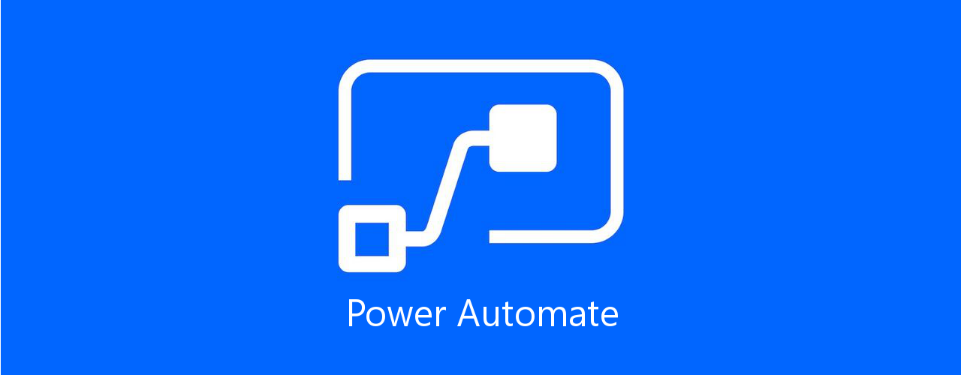

Then, go in Solutions -> New Solution -> New Flow

To use Power Automate with Dynamics 365, go to the admin portal of Power Apps:. Then, we will review the licensing model of Power Automate.įinally, we will focus on the Pros and Cons of Power Automate. The goal is to let people know when they should use Power Automate.įirst, we will see how to use Power Automate with Dynamics 365. It will provide an overview of the tool and will compare it with D365 Workflows. Then, this Chronicle will present Power Automate. Yet, most people still use Dynamics 365 Workflows because it takes time to learn a new tool. Background means that the Workflows are asynchronous. Microsoft advises to use Power Automate (The old name “Microsoft Flow” is still used here) instead of Dynamics 365 background workflows. Today, when creating a background Workflow in Dynamics 365 the following message is displayed: They are configured with a graphical interface. Workflows in Dynamics 365 are a main component to implement some custom logic in the CRM. This old name is still used in many documentations. Note: The Power Automate was formerly called Microsoft Flow. Below is a very short overview of some main connectors:

Power Automate has hundreds of different data sources and services, which are called “Connectors”. The goal is to make it available to a large audience. These processes can be triggered by events or manually.īelow is an overview of the interface of a Power Automate Flow:Īs can be seen, Power Automate allows to define processes using a graphical interface. Power Automate is a low-code tool that allows creating automated workflows between application and services to synchronise files, get notifications, collect data and more.


 0 kommentar(er)
0 kommentar(er)
